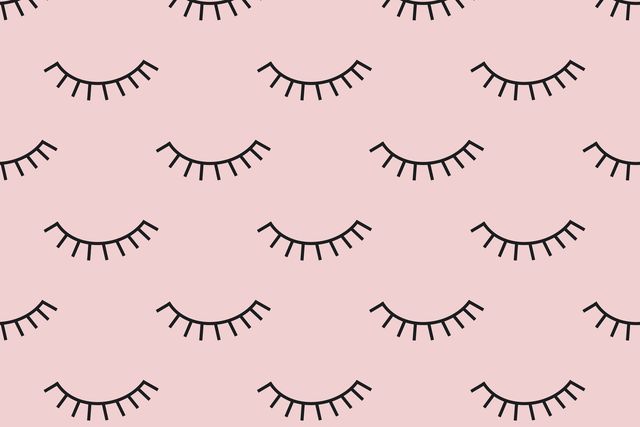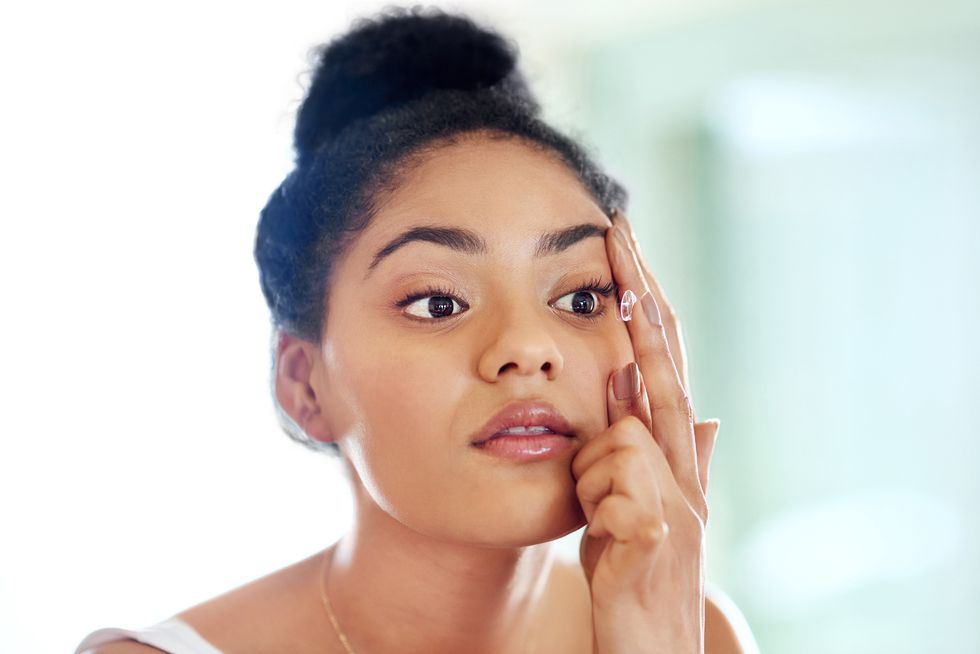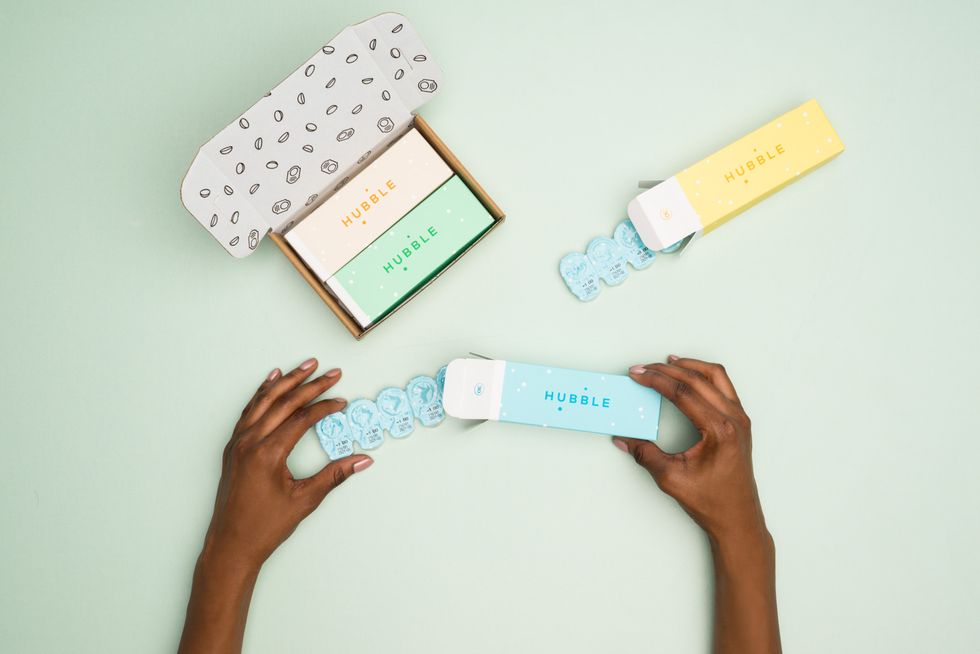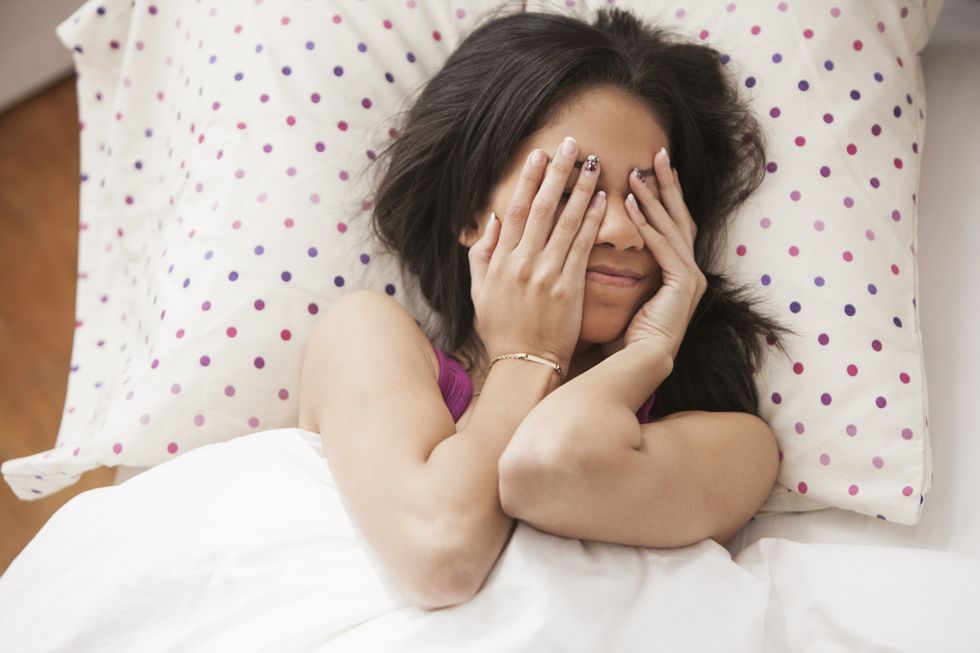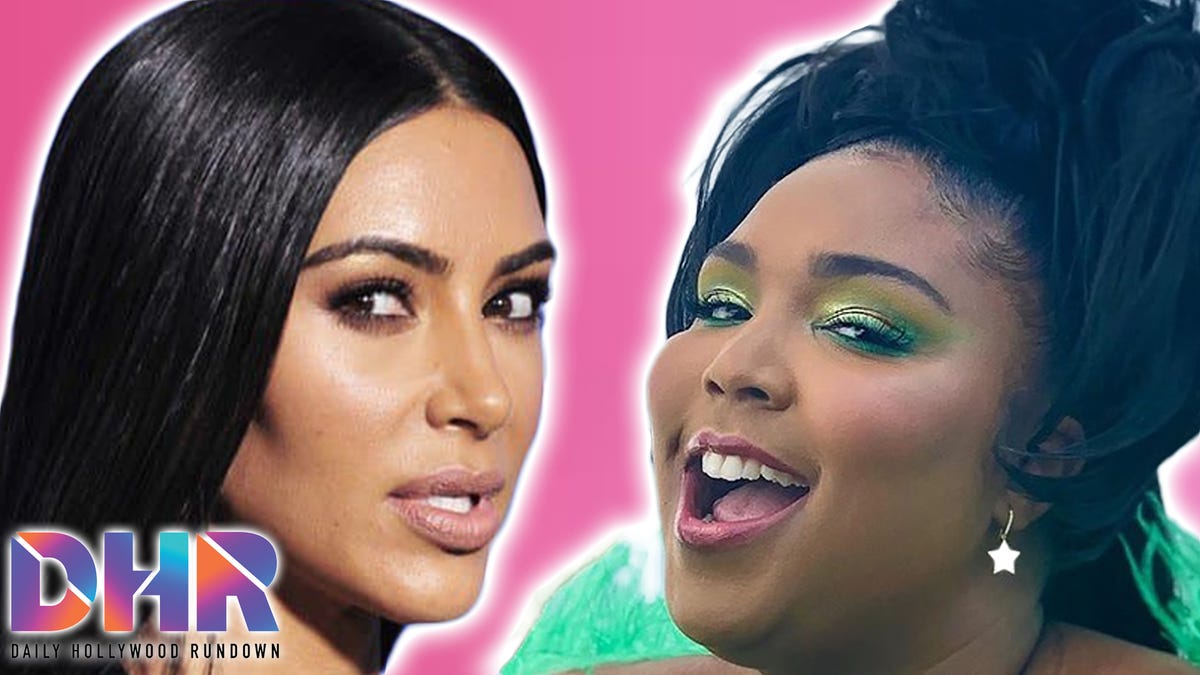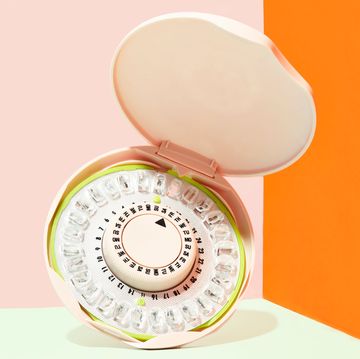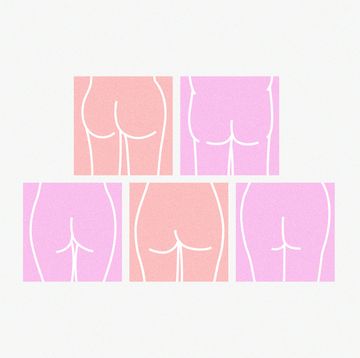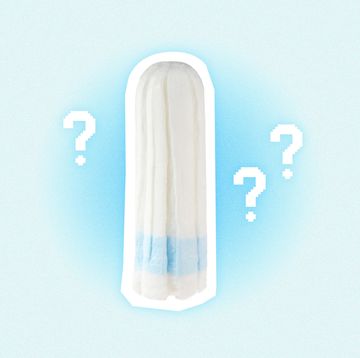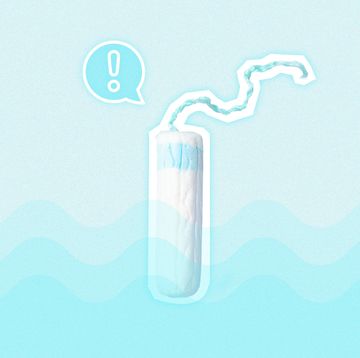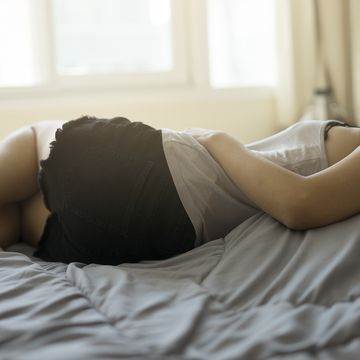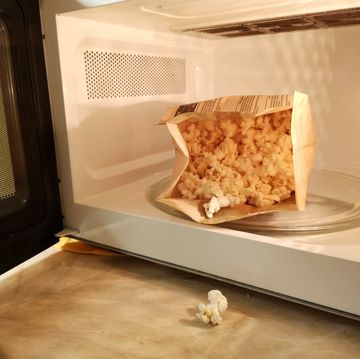Glasses are cool — there’s no denying that. But sometimes they’re not the most convenient or practical (or safe, if you play certain types of sports). Enter: contact lenses.
If you’re thinking about getting contacts, there are a few things you should know right from the get. Like: what questions to ask your doctor, how to figure out what type of contact lenses are right for you, why it’s so important to follow the hygiene rules, and how to make sure you never run out of lenses (enter: Hubble).
First things first: Make an appointment with your eye doctor.
The first step toward figuring out if you need vision correction (and what kind) is to make an appointment with an eye doctor. Yes, just like the dentist and dermatologist, this is another specialist to add to the list.
Whether or not you have any vision problems or other health conditions will affect how often you should get an eye exam, as does your age and medical history. If you do have vision problems, your doctor will most likely recommend annual appointments — and they may recommend yearly visits even if you don’t.
“Everybody should be having eye exams at least once a year to monitor for any changes on the front of the eye as well as inside and overall health,” says Dr. Brieann K. Adair, an optometrist at NYU Langone Health.
To find out what makes the most sense for you, talk to your doctor — they’ll be able to give the best recommendation.
Then, figure out what type of contacts are right for you.
Your doctor can help you decide what kind of contacts are best for your eyes. Soft contact lenses are the most popular since they tend to be the most comfortable, but hard — or Rigid Gas Permeable (RGP) contact lenses — are available as well.
Contact lenses can be worn to correct a variety of vision conditions, such as myopia, or nearsightedness; hyperopia, or farsightedness; and astigmatism. People with myopia can also consider orthokeratology lenses, which "change the curvature of the cornea to temporarily improve the eye’s ability to focus on objects,” the FDA explains.
(And yes, color contact lenses are definitely a thing too, but you still need a prescription.)
Another thing to consider when choosing the right contacts is whether or not you’re going to do a daily disposable or an extended-wear lens. A daily disposable contact is one that you take out at the end of each day and toss in the trash, whereas extended-wear contacts can be reused for longer periods of time.
So, which is best? “The most hygienic route you can go is with a daily disposable contact lenses because you're starting fresh every day,” says Dr. Emily Crane, an optometrist at Metropolitan Vision in New York City. “When you wear the same contact lens every day, you're at a slightly higher risk for infection.”
As for cost, “Daily disposables do tend to be a little bit more expensive in comparison to a monthly one. However, you don't have to buy solutions or cases in the frequency that you would with monthly lenses,” says Dr. Adair. “So, if we look at what you're spending over the year, they tend to be comparable in price.”
Set up a system.
Doctors recommend that anyone who wears contacts also have a pair of glasses as well. (And hey, who doesn’t love to change up their look?) That’s partly for emergencies, and also because it’s good to take a break sometimes. “I always recommend to my patients to try to limit the use,” says Dr. Crane. “When you have contacts in, it limits the amount of oxygen getting to your eye; I tell my patients — if they can — to take out their contacts when they get home from work or school, put on glasses, and give their eyes a little bit of a breather.”
And of course, if you don’t want to wear your glasses all the time, you need to make sure you always have a steady supply of contacts. One of the easiest ways to do that is to sign up for a service like Hubble that delivers them straight to your door. For $33 a month, they’ll ship you a 30-day supply, and once you set up your subscription, they’ll come automatically, so you don’t even have to remember to place an order when you’re running low. How easy is that?
Make sure you have everything you need to keep them clean.
“The most important thing you can do for any kind of contact lens wear is contact lens hygiene,” says Dr. Crane.
As a general rule, you should always be washing your hands before you *ever* touch your eyes — and yes, that includes applying eye makeup! — but it’s especially important when it comes to contacts hygiene. You are, after all, directly putting your fingers on something that’s going in your eye.
A case and contact solution are both super important to have on hand, and are a part of overall contact lens hygiene. (And there are some cute cases out there.) You’ll need these less if you’re using daily disposables, but it’s good to be prepared either way. Talk to your eye doctor about the best kind of contact solution for you, since whether or not you have any allergies and what kind of contacts you’re using may affect that.
Practice makes perfect.
A lot of people struggle to put in contact lenses the first time — that’s totally normal. Try to relax and take a deep breath if you're having trouble. “Initially, the lenses are difficult to insert for some people, so wake up a few minutes early,” says Dr. Jeffrey J. Walline, an optometrist and the associate dean for research at the Ohio State University. “The faster we try to put them in, the longer it takes.”
If for any reason your contacts feel uncomfortable, tell your doctor. “Anybody who's having discomfort — whether that’s dryness or irritation — might need to be refit,” says Dr. Adair. “A lot of the time, people sometimes think that's just how it is, but I always encourage people to come back and be refit because sometimes, there's a different material that's best for you.”
And seriously, DON'T sleep with them in.
We’ve all been there: You’ve changed into sweats, hopped into bed, and put on Netflix. And then, right before you’re about to doze off, you remember you’re still wearing your contacts. While staying under the covers is definitely the coziest option, you really need to get up, wash your hands, and remove your contacts — trust us.
“The number one rule is always no sleeping in our contact lenses,” says Dr. Adair. “Sleeping in your contact lenses is the number one cause of getting an infection that we call a corneal ulcer, which is basically a bacterial infection that can happen on the front of the eye.”
Dr. Adair adds that this can have long-term effects, which is another reason why it’s so bad for you. “If somebody has that [infection] and it's not treated, that can lead to scarring or permanent damage on the front surface on the eye that can make them not able to wear contact lenses anymore, or permanently cause damage to the front of the eye,” she explains.
To ensure you actually remember to take out your contacts, try to build it into your bedtime routine. When you wash your face, brush your teeth, and change into PJs, remove those lenses too.
